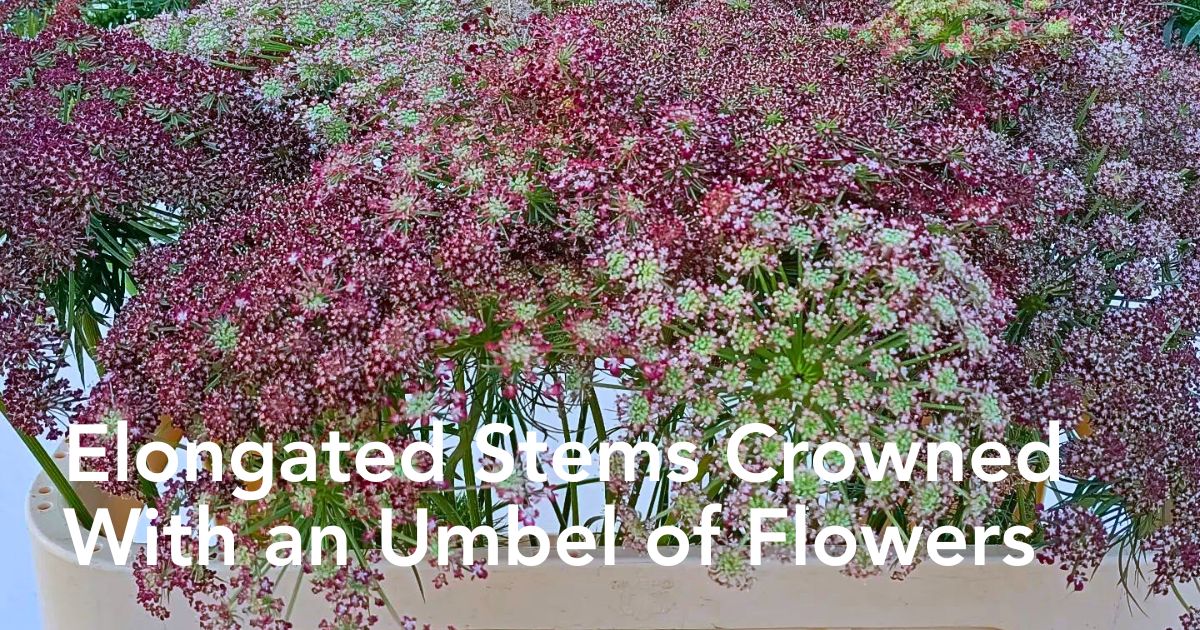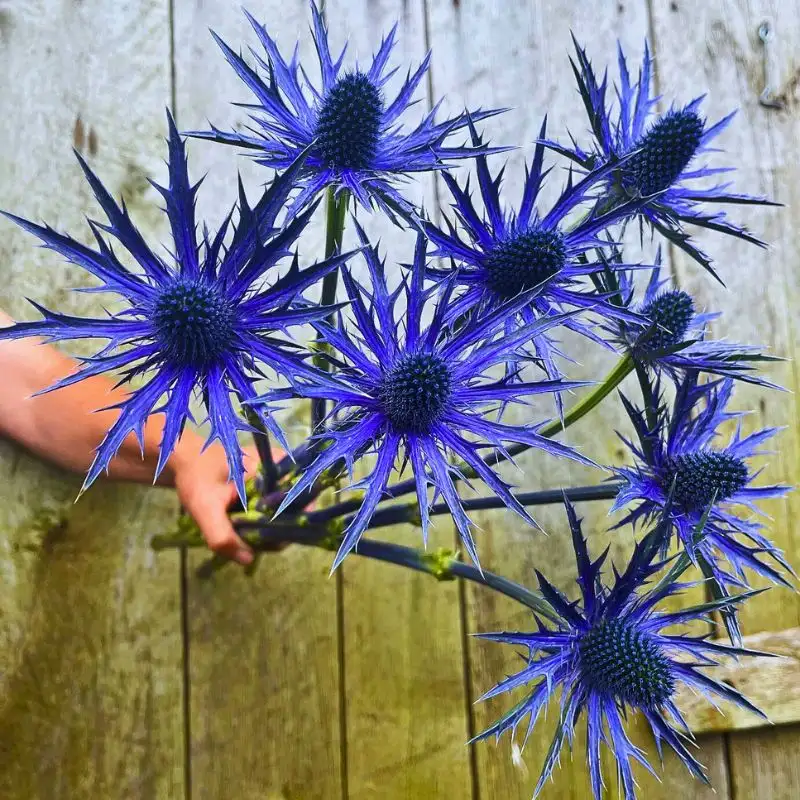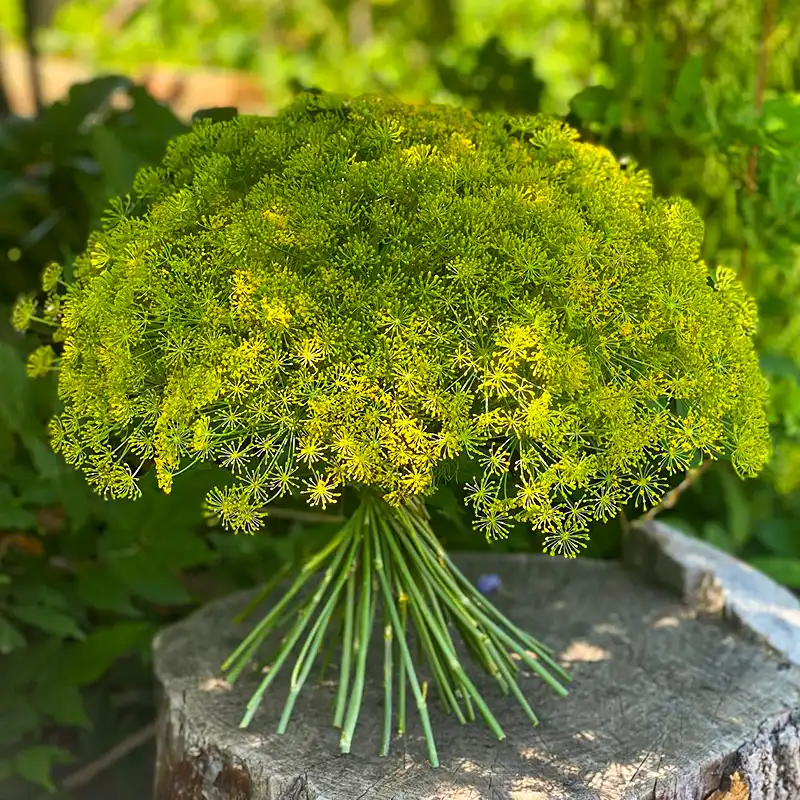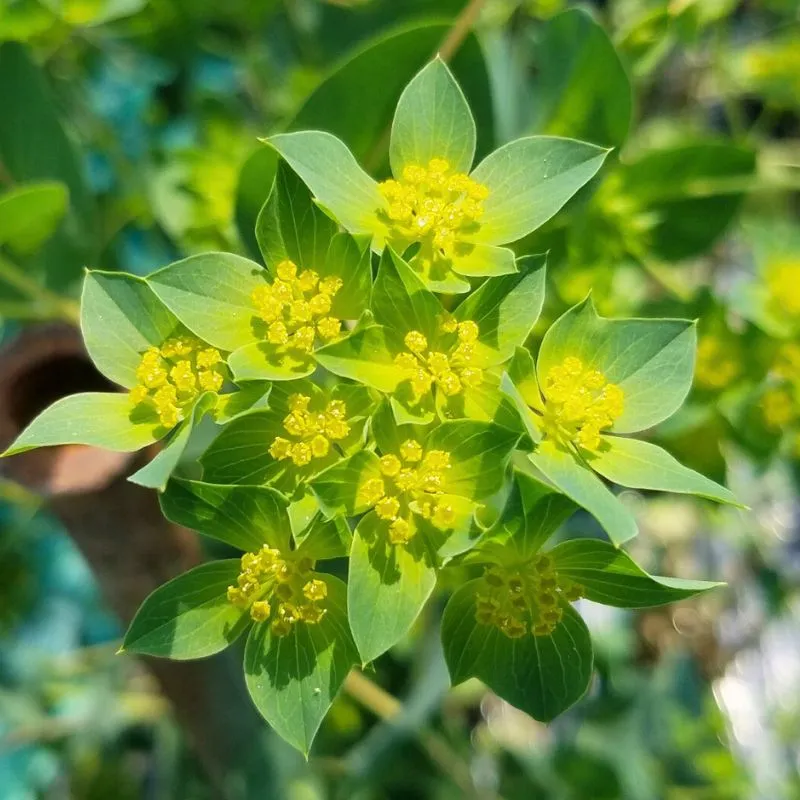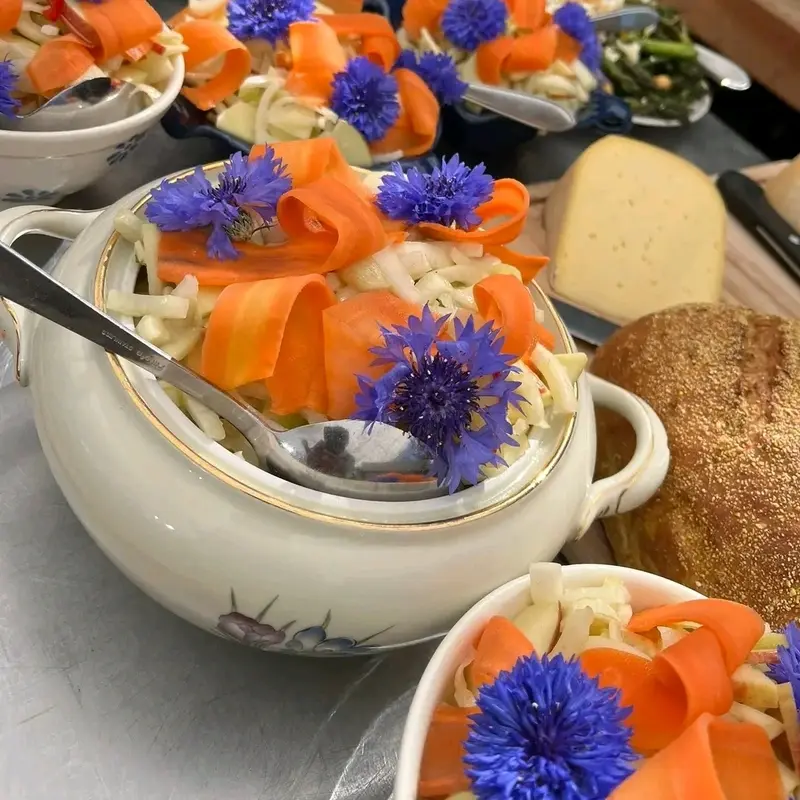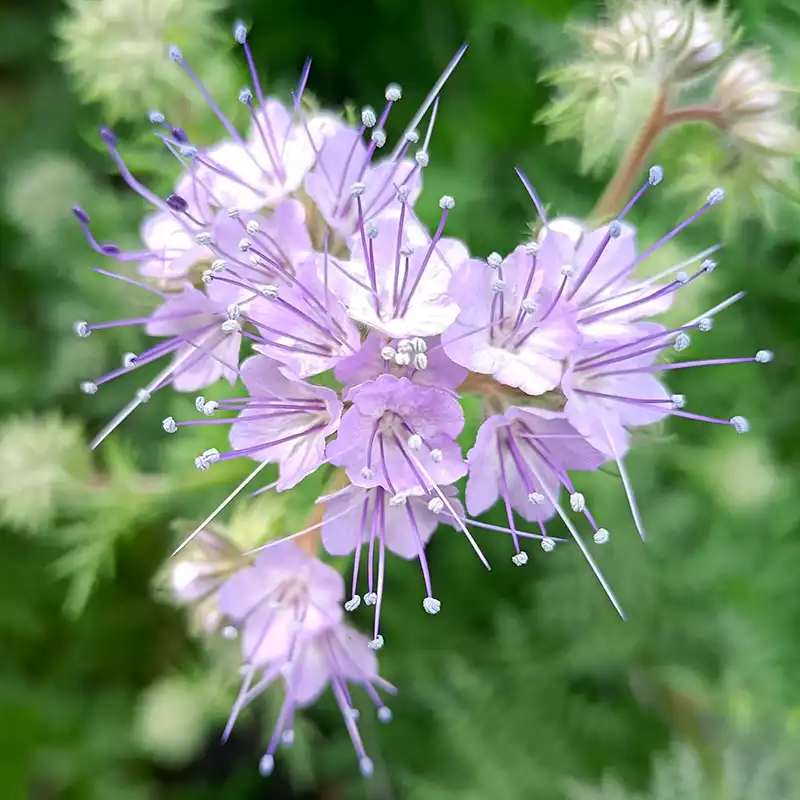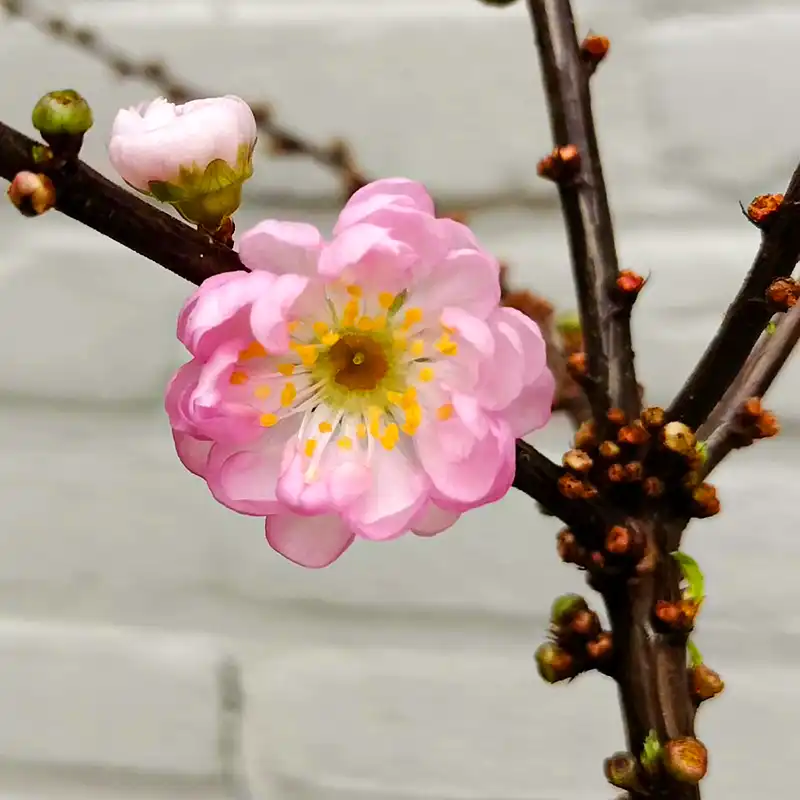A genus of herbaceous plants of the celery family Apiaceae—umbellifer plants whose most widely known species is the farmed carrot—Daucus is a flowering plant whose intricate flowers are just as enchanting as they are gorgeous.
Dutch niche summer flower grower Maurits Keppel sure knows this so well. This is why Daucus is part of the lineup in the assortments of flowers that he grows at his greenhouse near Utrecht. Daucus Carota Dara is one of the varieties he cultivates.
And... they're available again for this season!
A Flower With Ornamental Value, Plus Charming and Visually Striking Flower heads
Primarily known for its ornamental value due to its enchanting and visually impressive flower heads, Daucus Carota Dara possesses a deep, rich color that suitably complements different seasonal aesthetics; including fall.
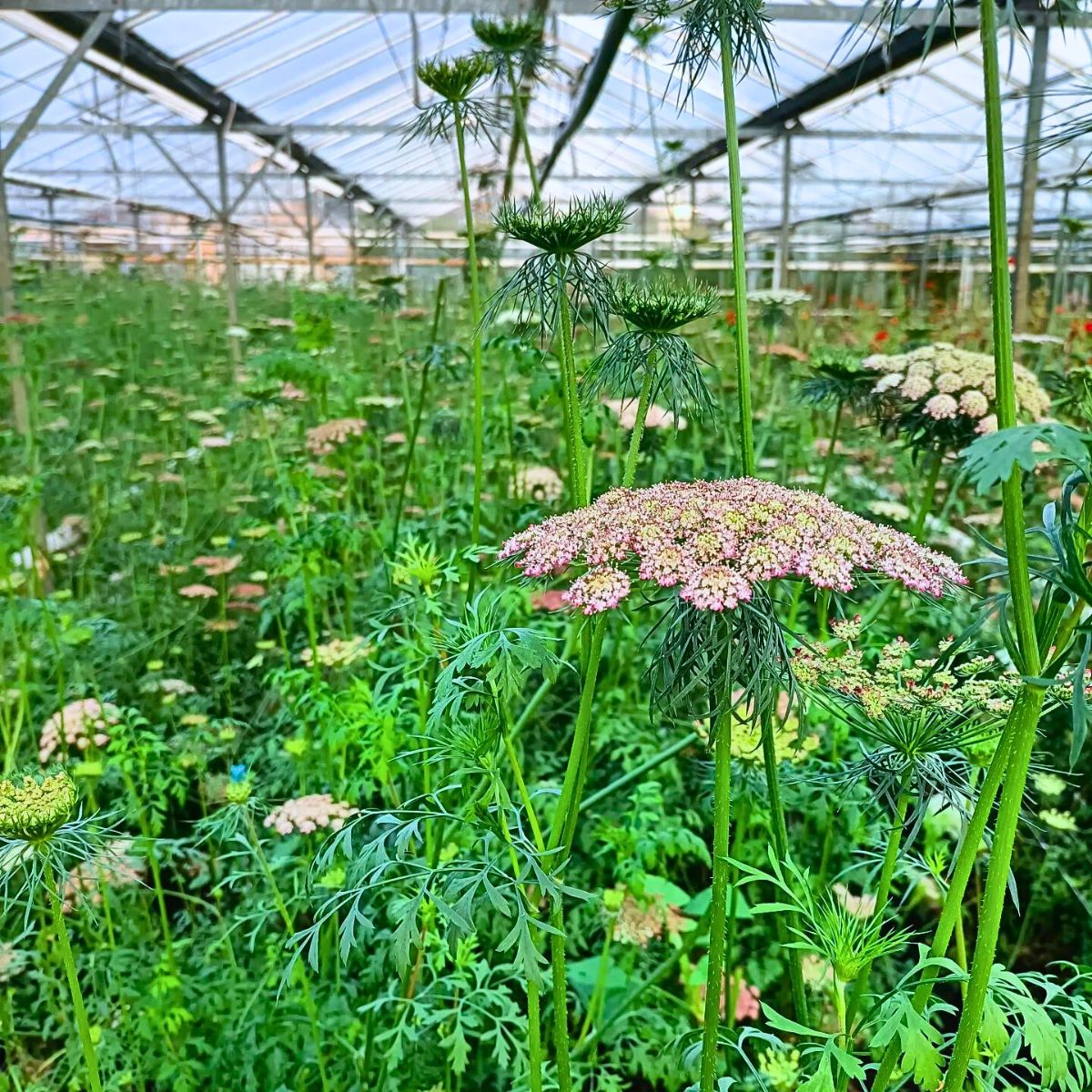
Maurits’ fondness for this particular species—Daucus Carota Dara—stems from its unique ability to intrigue and excite the senses with its impressive appearance. It is also because it is a resilient flora. Its flower heads have a delicate, lacy appearance, often compared to Queen Anne's Lace—another pretty wildflower within the same family—which looks quite like a white carrot, and even has a carrot-scented root!
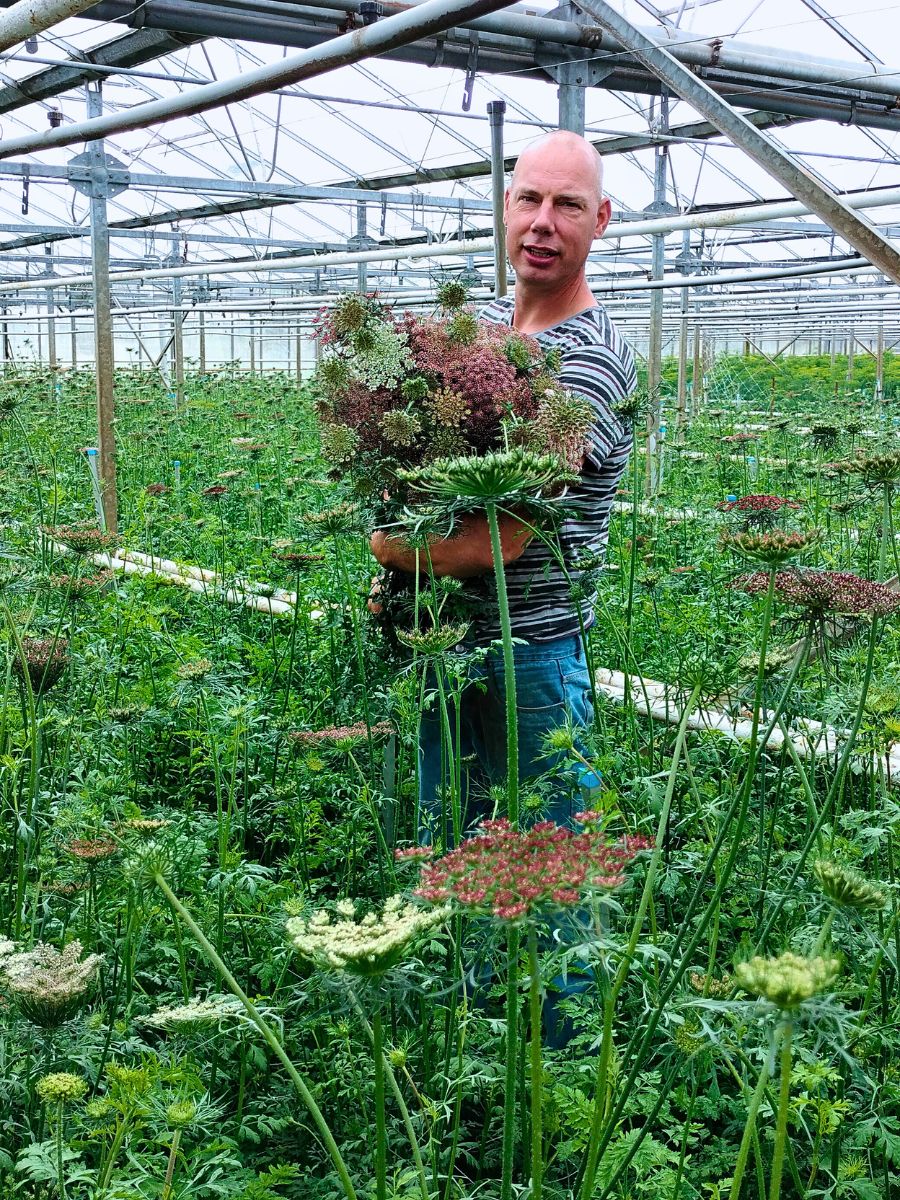
For its looks and qualities, Daucus Carota Dara has long stems and feathery foliage crowned by an umbel of flower heads that appear to float quite like flowery clouds on the strong and elongated stems. These large flower heads come in shades of burgundy and soft pink. The uniquely colored flowers start white, then turn pale pink when open, and eventually burgundy as the flower head appears to close. Hundreds of tiny flowers make up each flower head and are full of nectar which pollinating insects like insects, bees, and butterflies love, thus it attracts them in their numbers to the flower.
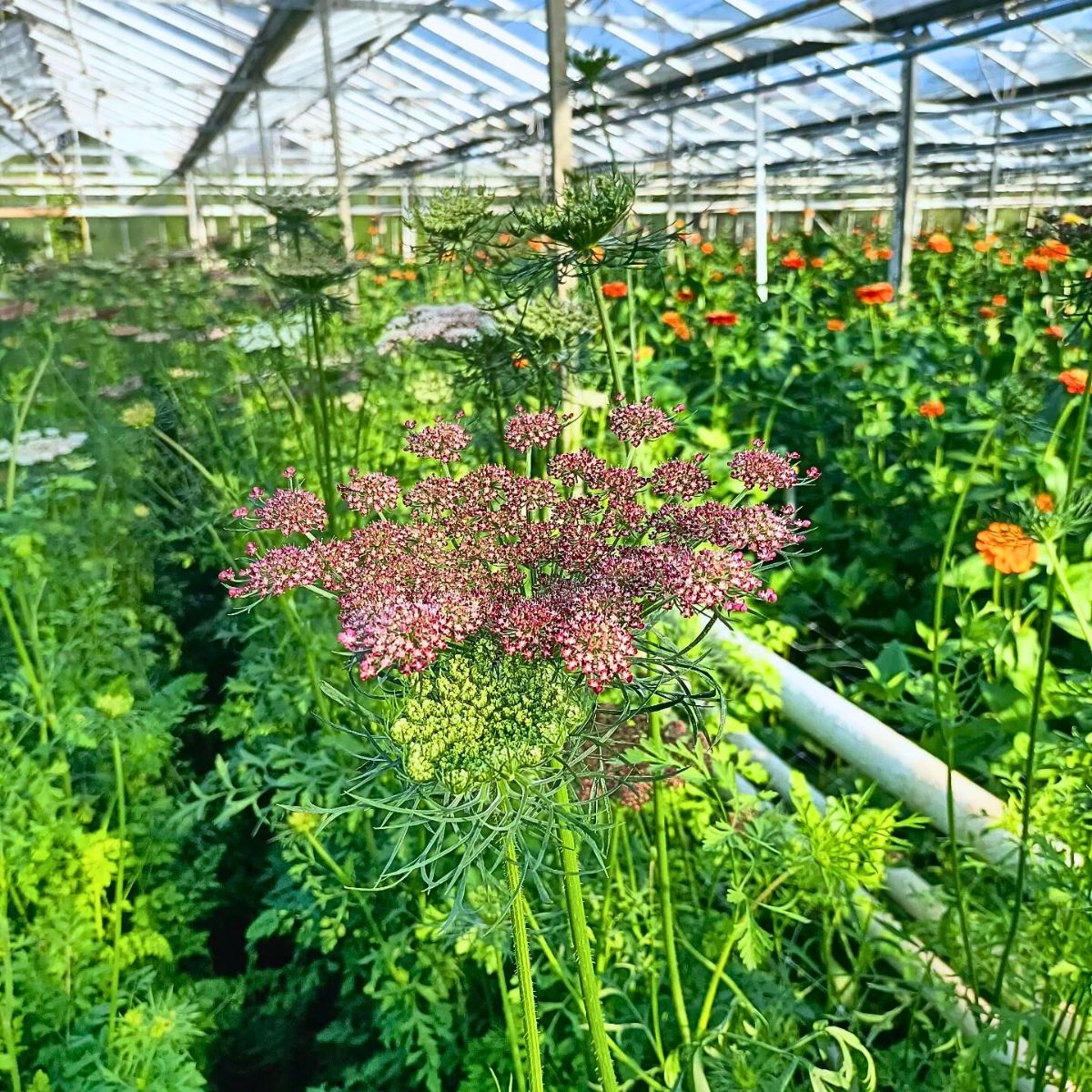
It is, also, an ideal cut flower. Often used as a filler, Daucus Carota Dara helps the star blooms in your designs or other arrangements to shine. The showy and flamboyant star flowers—such as roses and others—in a vase, bouquet, or any other design, often greatly profit from having these delicate-looking fillers alongside them in the arrangements. Here, this Daucus’ elaborate, lacy structure and delicate nature elicit a trace of ethereal elegance. It, therefore, is a popular choice for floral designers and artists who desire to capture the essence of natural beauty.
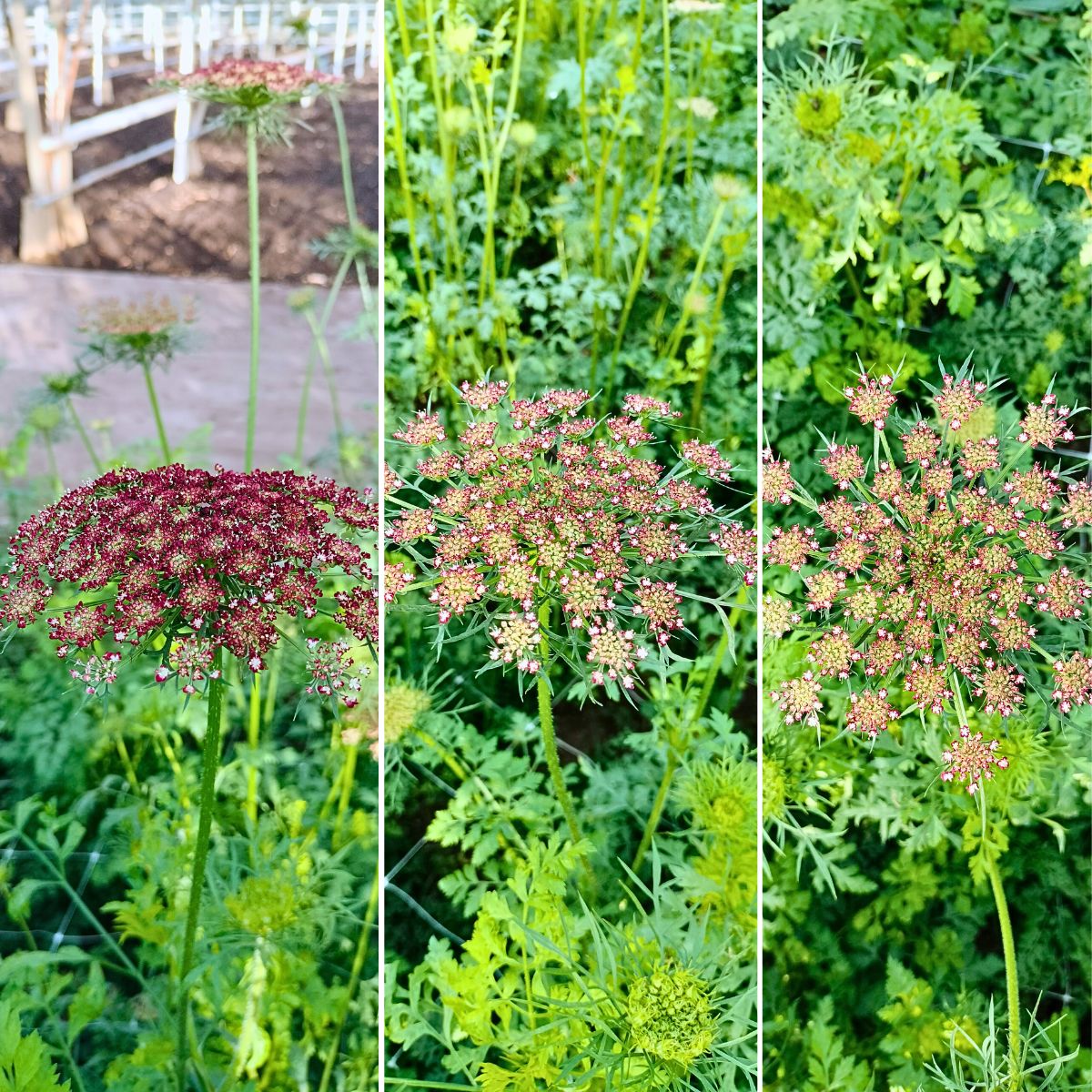
What is more, as an exceptional cut flower, it has strong, sturdy, upright stems which are really advantageous. It is, likewise, highly productive with seven to fifteen stems per plant. Plus, it is a flower that makes long-lasting bouquets.
Growing Daucus Carota Dara Requires Dedication and Attention
The cultivation of Daucus Carota Dara requires commitment, dedication, and attention to detail. These are qualities that Maurits seems to greatly possess, given the painstaking process involved in growing these flowering plants.
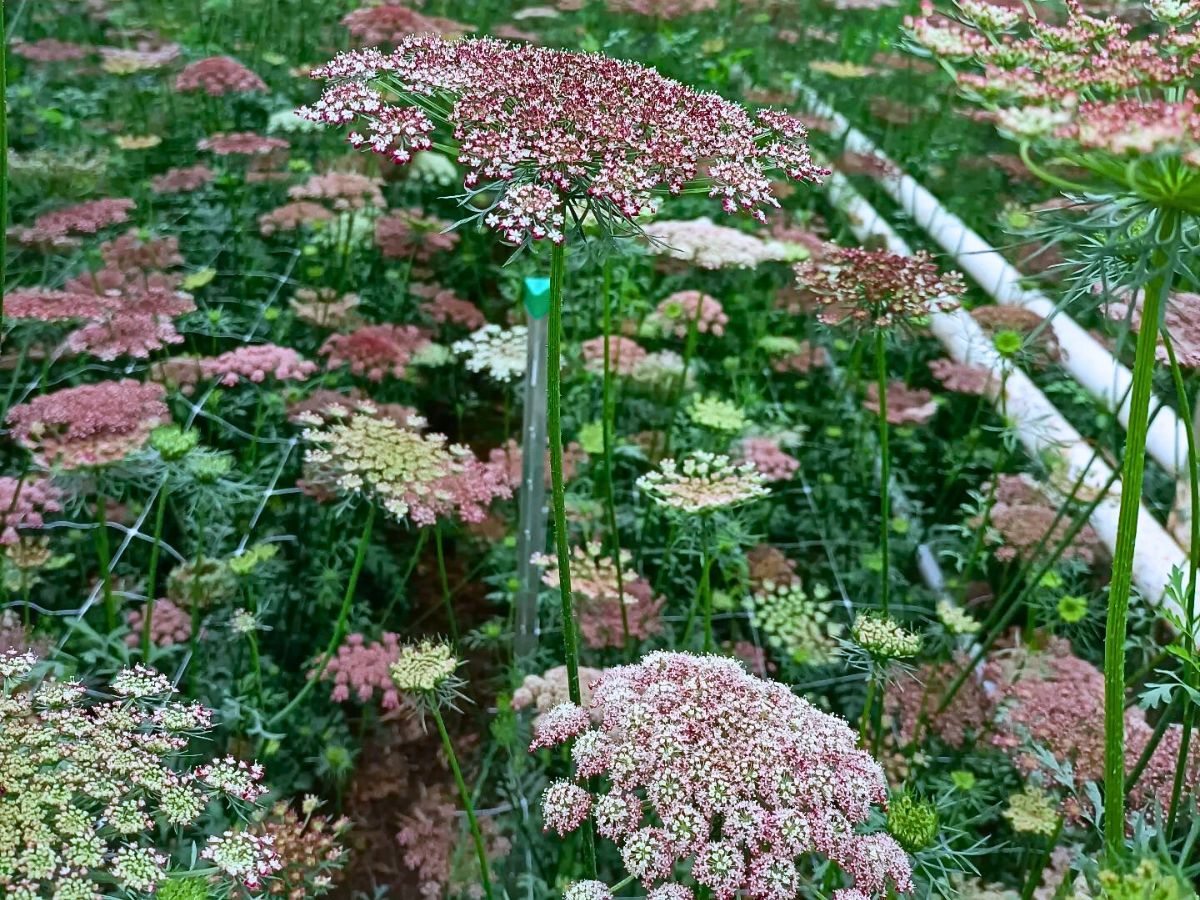
Maurits:
"Growing Daucus Dara the way I do it is a long process. At the start of May, my parents-in-law sow it with tweezers in growing trays. In a separate section, I let the Daucus Dara germinate, and six weeks later, plant it. Then, after thirteen weeks, I cut the first flowers. In other words, these flowers have a total cultivation period of nineteen weeks without heating or lighting!"
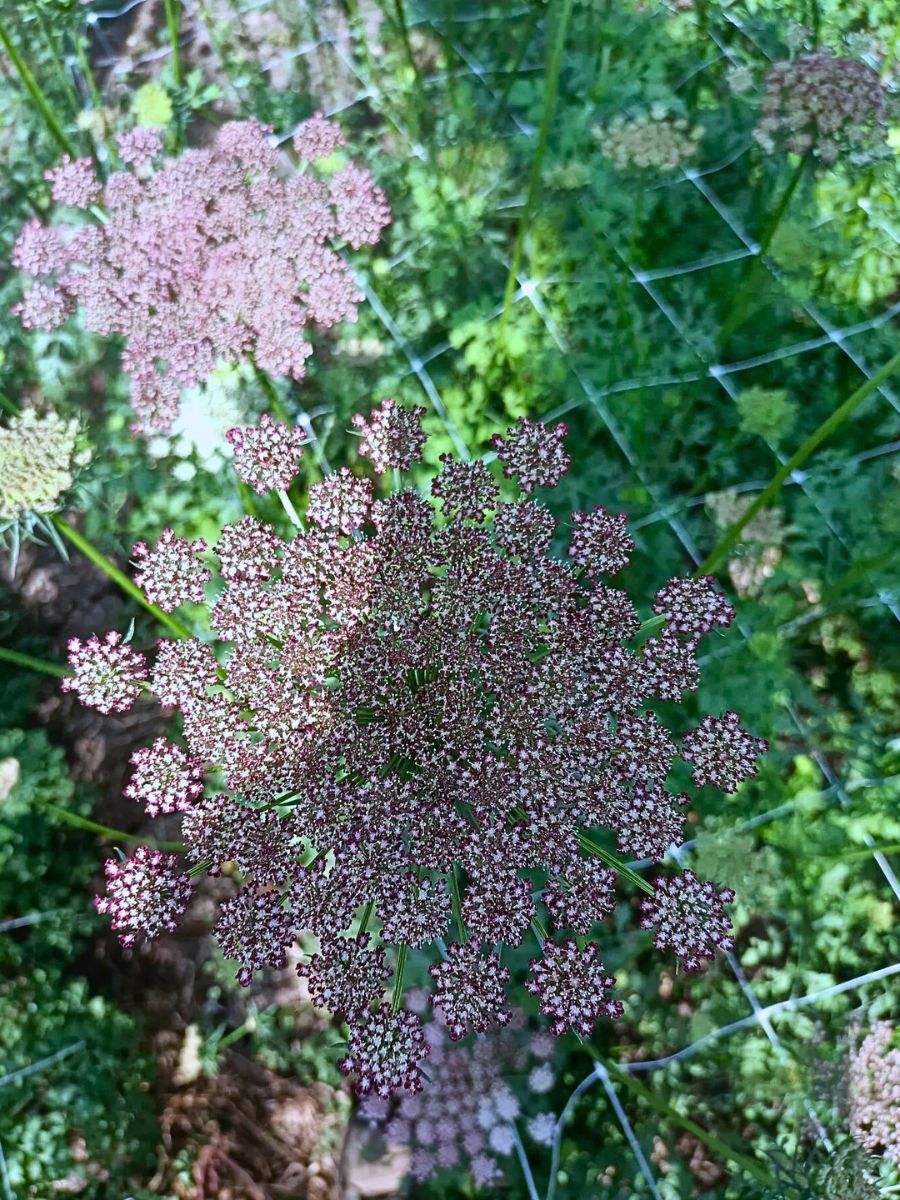
But the toiling involved in its cultivation is never in vain. The flowers produced in the end are very strong and have a beautiful floral screen. Plus, their vase life is perfect. The color is, also, nice and dark and fits well in this time of year as fall sets in.
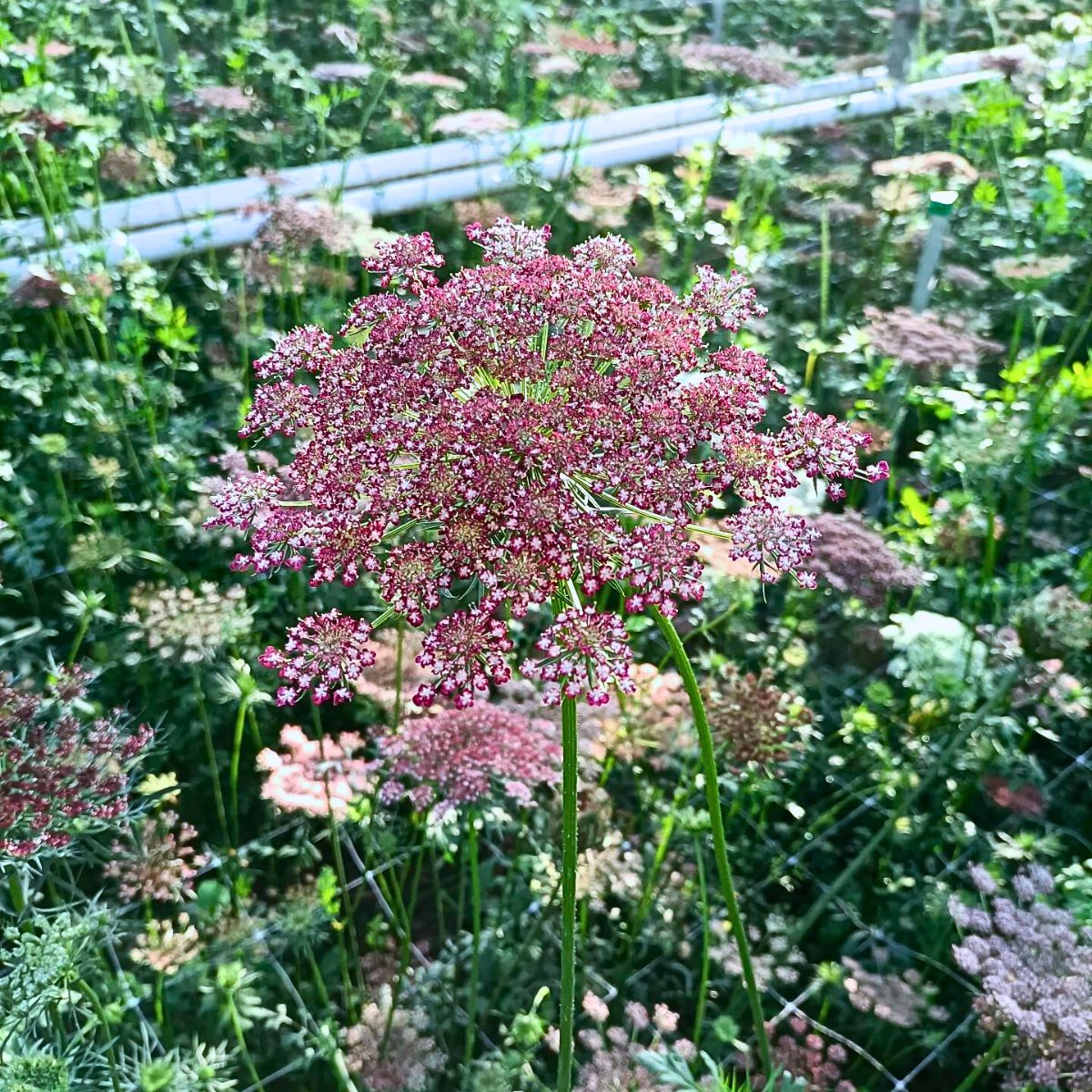
Daucus Carota Dara, according to Maurits, should be put in water immediately after cutting and should stay therein, as the water keeps the flowers flourishing for longer. You can, then, enjoy them even better in a vase.
Photos by Maurits Keppel (@mauritskeppel).

